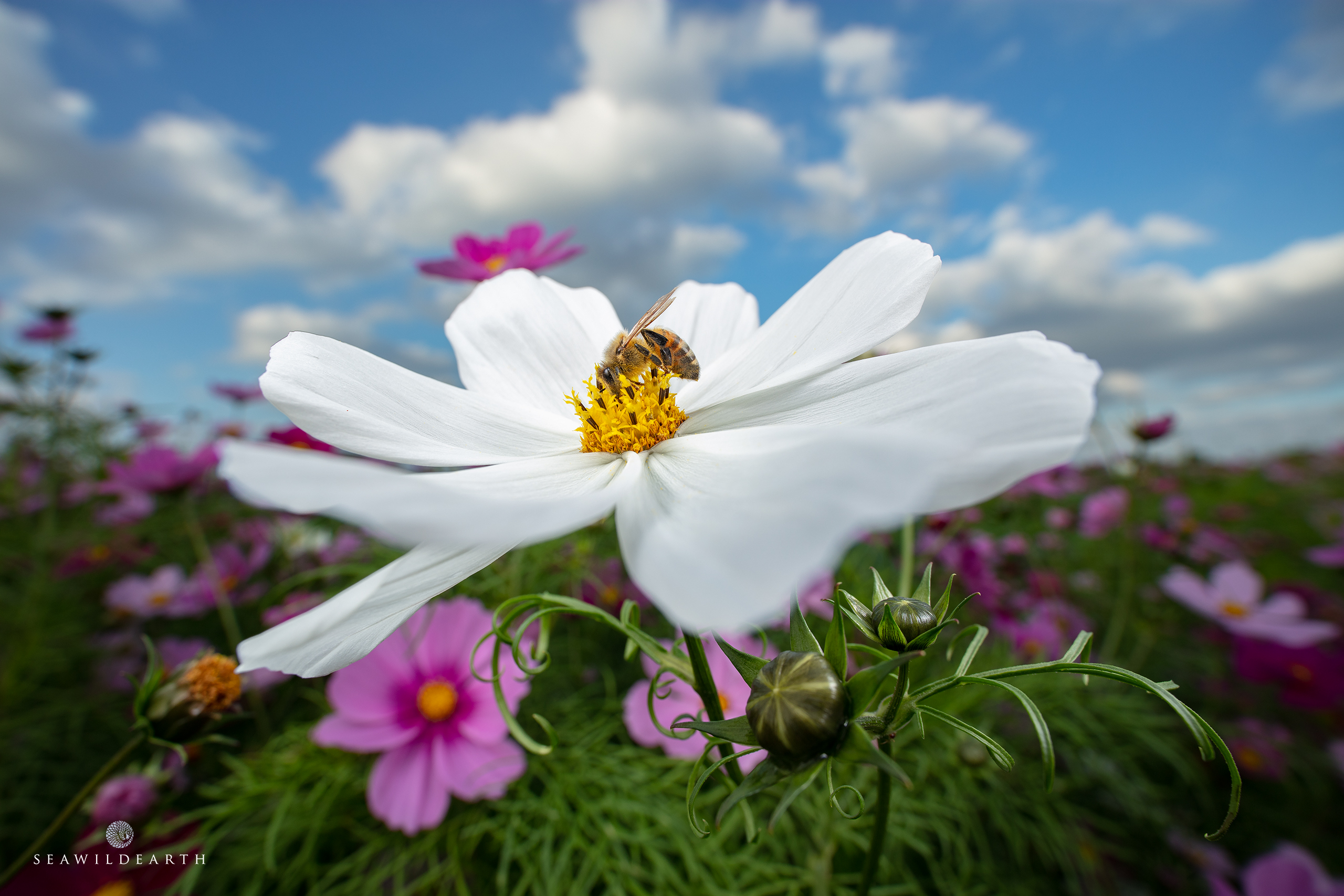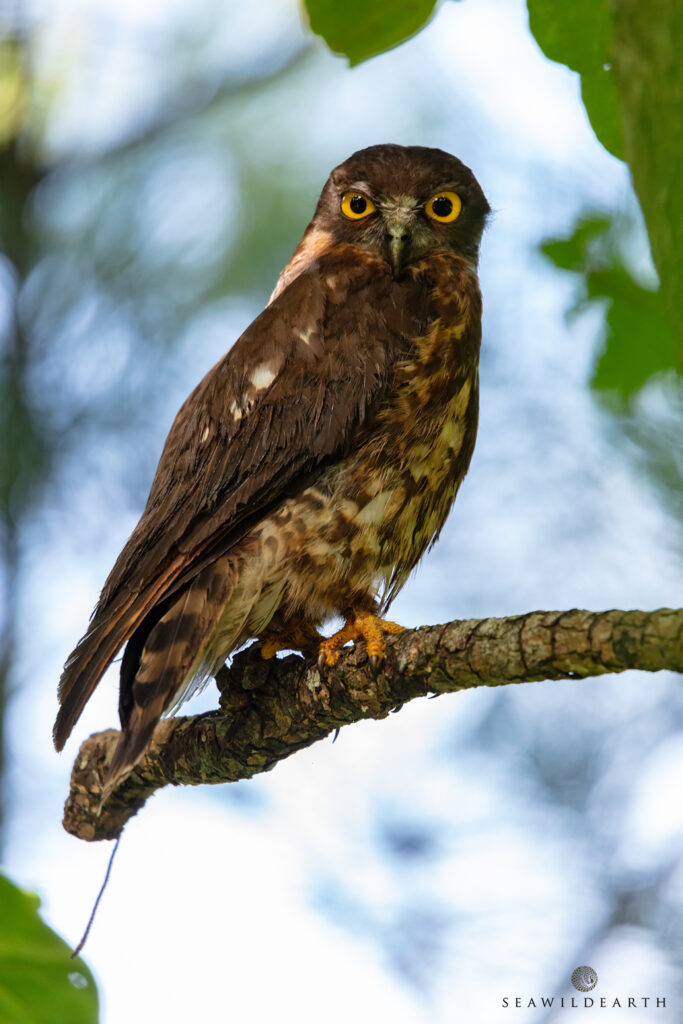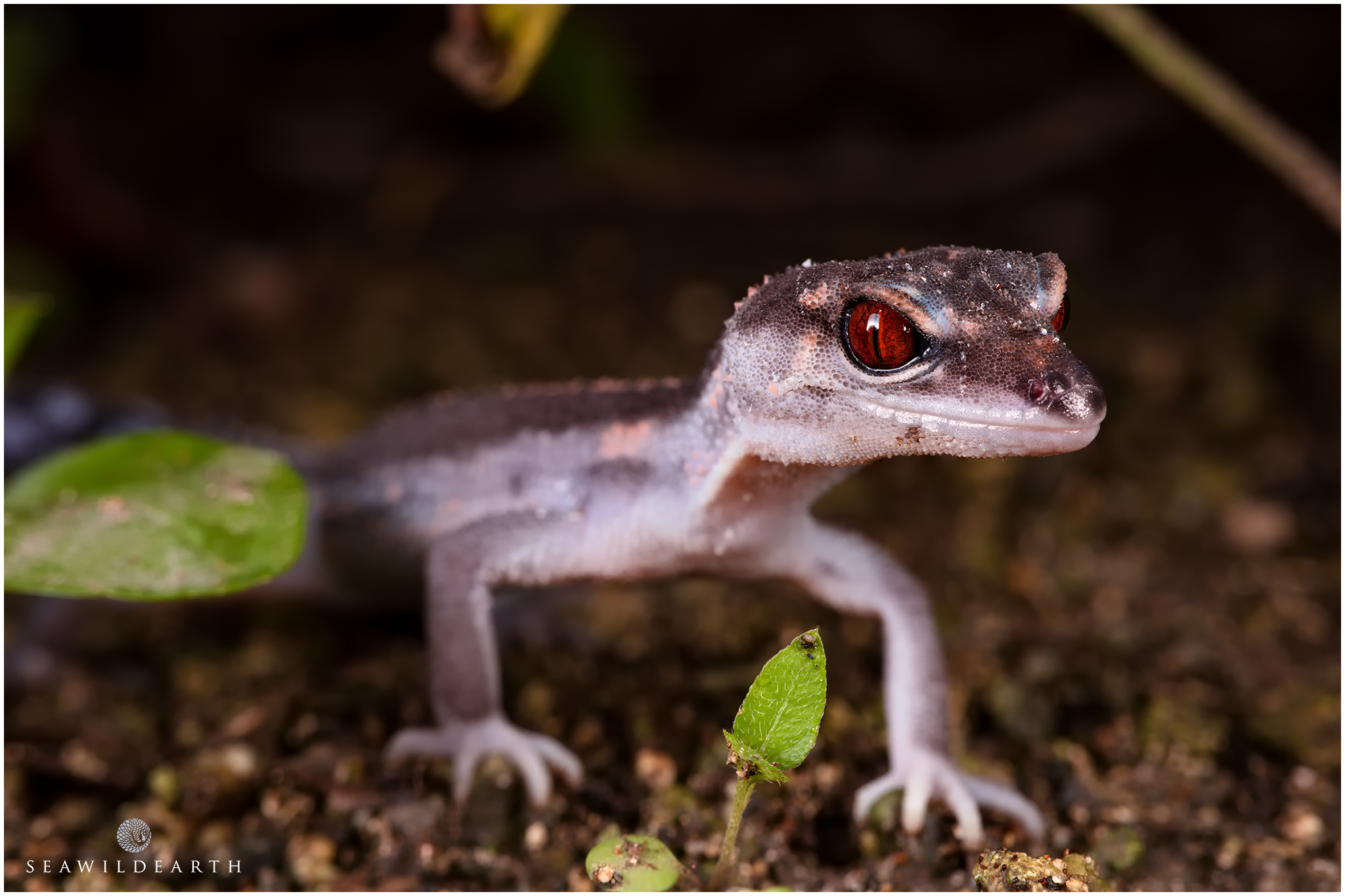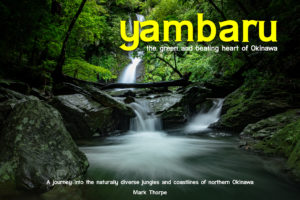Yomitan Gone Wild
Sometimes the things we're looking for are right under our noses.
Yomitan, as a district of Okinawa, is distant enough from the madding crowds of Naha and the tourist enclave of Chatan, but rural enough to give a sense of country living. I've always been drawn by the pull of the northern confines of the island. I'm sure you're all aware of my love affair with the Yambaru and the coastlines of the northern areas of the main island of Okinawa to date. There are times however when I just feel the urge to scratch that hankering for what I call 'pixel therapy'. Being alone in nature, for me to be me, to be able to unashamedly revel in the beauty of the natural setting without having to worry about anything, or anyone, else. If only for short bouts when possible. Thus those long drawn out drives north are simply not always possible due to work or family commitments. So of late I've been taking a greater interest in the wilds that right on my doorstep here in Yomitan, and boy have my eyes been opened.

Cosmos blooming under a sunny day in Spring in the middle of Yomitan.
Previously I had taken a look through the farmed areas of the Toguchi region of Yomitan for which I made a short video of the critters encountered. Once again at the start of this year, and with my newly acquired Laowa 15mm f4 1:1 wide macro lens I set out to document some of the wildlife from this unique perspective. Being able to photograph critters up close but as in the image above also including their environment allows for some very revealing and captivating potential. Alas, as always, I wanted more. A buddy of mine recently put up a zoom lens for sale / exchange so I swapped his Tamron 150-600mm f5.6-6.3 for a Zeiss Milvus 85mm f1.4. We were both happy with the offer so went for it. This new acquisition allowed me then to zoom further into the wildly goodness that Yomitan has to offer, and it didn't disappoint.
My wife Terri often joins in with some of my jaunts to the north of the island, especially when out looking for wildlife. Her favorite animal is an Owl so she's always bugging me about finding Owls that she can fuss over and photograph for herself, albeit normally with a smart device. As Ansel Adams, a person some see as the 'grandfather of landscape photography' once said, "The best camera is the one you have with you at the time". A saying that rings true in pretty much every scenario. If Terri is happy with her smart device recordings of her encounters with her favorite animal here in Okinawa then who am I, or anyone, to judge? So imagine her delight when armed with this new addition to my lens arsenal I managed to happen on a Brown Hawk Owl in the grounds of one of the numerous green areas of Yomitan.

A Brown Hawk Owl stares down at me, maybe assessing the new glass?
Avian fare in general is pretty diverse in the region but we are always of course drawn to the more exotic of species, and if of course they are engaged in some form of behavior then even better. In the animal kingdom the main behavioral traits that photographers look for are of course feeding, fighting, courtship, procreation, birthing and eventual demise. Like humans all animals engage in these activities but the key is to actually encounter them at the time of behavioral engagement. Like humans, wildlife spend a lot of time being quite boring to be honest.
I've thus taken to heading out of a late afternoon with the larger lens into the fields and surrounding areas of our apartment in the Toguchi region. It's amazing what that extra reach can bring when I started looking closer to home. Walking through the manicured gardens of Toguchi Beach one late afternoon I saw a blur in one of the Ryukyu Pine Trees that heralded the arrival and landing of what turned out to be a couple of Japanese Sparrow Hawks. Whats's more, they both had prey items in their clutches. I soon found out that a zoom lens, whilst offering greater diversity of imagery also brought one closer to the reality of nature.
As I zoomed in to get a better composition of the closest Sparrow Hawk I noted the prey item in its grasp was obviously still in the land of the living. And what's more it looked suspiciously like a very young bird of the same species. A white ball of fluff wriggling in the Talons of the Sparrow Hawk was swiftly and unceremoniously put out of its misery after which it was slowly yet meticulously devoured by its captor. This just underlined the fact that nature isn't always about nice cuddly imagery and critters frolicking in the sun. It is a constant battle for survival. It can be, as demonstrated, brutal at times.
Given that Okinawa can be incredibly hot and humid it stands to reason that a lot of the resident wildlife tends to shy away in the daylight hours. Looking for respite from the heat in rocky crags and in the shade of the green areas. It's not really until night time that a true grasp can be had on the diversity of life throughout the Yomitan area.
Whether I'm tiptoeing through the vegetation of the Zakimi River Walk or patrolling the farmlands and by ways of the Toguchi rural community I am always witness to some pretty amazing encounters. The one thing I guess that stands out amongst all is the absolute proliferation of a ground Gecko that by all accounts is supposed to be endangered.
I had only really encountered Kuroiwa's Ground Gecko in the northern country lanes well away from the hustle and bustle of residential areas. Alas I've since found locations throughout Yomitan where these diminutive yet incredibly photogenic geckos can be found, in droves. For me the one endearing aspect of these four inch long critters are its eyes. If approached slowly enough one can get right up close for a portrait shot of these Geckos, and for good reason. Light reflecting back from their retinas is blood red. Looking more like a 'Geckoesque' version of the Terminator. I've photographed these guys numerous times during my nocturnal travels around Okinawa yet never tire of their quirkiness and photogenic appeal.
As I continue to delve into the wilds of Yomitan I have found treasures. From the night bloom of the Sagaribana Tree which fills the air with its unmistakable aromas to the enclaves of species ranging from Giant Banana Spiders to Fruit Bats, Odd Scaled Snakes and so very much more. But these encounters are best told in future posts. I'll leave you with a view of the endearing Kuroiwa's Ground Gecko and those eyes which themselves scream "I'll be back".

Kuroiwa's Ground Gecko is probably my favorite of all Okinawa species just for their incredibly photogenic look.
"The unique aromas of nature are often impossible to describe, yet they evoke memories of a childhood spent in meadows by rivers or oceans or deep within forested mountains".
Mark Thorpe - seawildearth
About the Author
Internationally recognized as a provider of quality mixed media Mark Thorpe is always on the search for captivating content.

Photographer / Cameraman
Mark Thorpe
Emmy Award Winning wildlife cameraman and Internationally published landscape photographer Mark Thorpe has been an adventurer since he could walk! Spending 17yrs as an Underwater Cameraman at the start of his imaging career the highlight of which was being contracted to work with National Geographic. In that role as a field producer and cameraman he's been privy to a mixed bag of hair raising adventures. For some reason he was always selected for projects relating to large toothed marine predators such as Great White and Tiger Sharks, Sperm Whales and Fur Seals. Additionally he has also been active within Southern Africa on terrestrial projects dealing with a wide array of iconic wildlife.
Currently based in Okinawa, Japan he's always on the lookout for his next big adventure. He shares his exploits online with a totally organic social audience in excess of 200,000. Sponsored by a number of photographic industry manufacturers he is constantly scouring the islands for captivating landscape and ocean scape compositions. In videography, he continues to create short photographic tutorial videos as well as creating content about the diversity of wildlife within Okinawa and the Ryukyu Islands of Southern Japan.
 Whenever that rarest of commodities is available, spare time, Mark continues to photograph the flora and fauna of Okinawa that will eventually be used to compile a Coffee Table Book project. 'Yambaru - The Green Beating Heart of Okinawa' is planned to showcase the diversity of wildlife species and landscapes that make up the incredible location known as the Yambaru, the rolling green jungles of Northern Okinawa. Mark has also devised a way for folks to become involved with that project via a support page on the Patreon social platform. For a small monthly donation, used to offset the travel and time to create the book, those willing to are in effect embarking on a 'lay away' project to secure a copy of the book which will also be signed by Mark as a sign of gratitude for the support. More information about this option can be found on the Patreon Profile for the project.
Whenever that rarest of commodities is available, spare time, Mark continues to photograph the flora and fauna of Okinawa that will eventually be used to compile a Coffee Table Book project. 'Yambaru - The Green Beating Heart of Okinawa' is planned to showcase the diversity of wildlife species and landscapes that make up the incredible location known as the Yambaru, the rolling green jungles of Northern Okinawa. Mark has also devised a way for folks to become involved with that project via a support page on the Patreon social platform. For a small monthly donation, used to offset the travel and time to create the book, those willing to are in effect embarking on a 'lay away' project to secure a copy of the book which will also be signed by Mark as a sign of gratitude for the support. More information about this option can be found on the Patreon Profile for the project.
